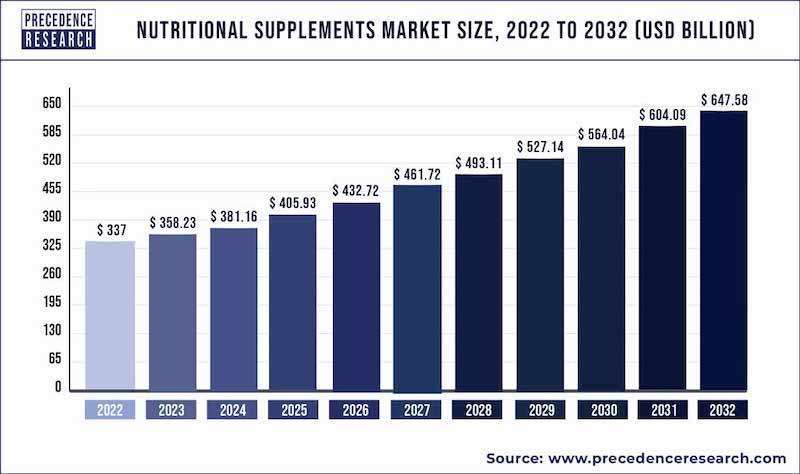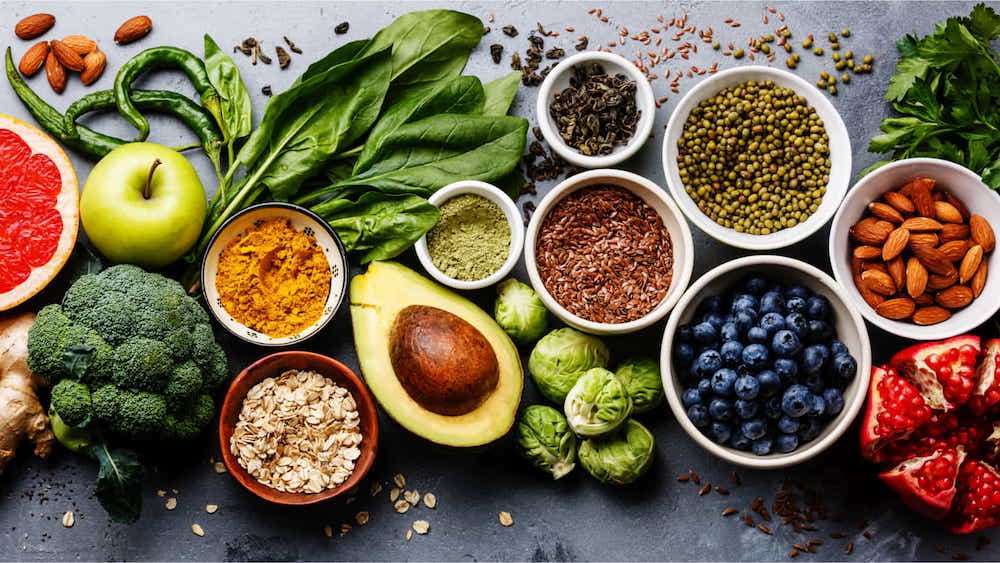Hyper-personalisation is shaking up different industries by driving innovation and meeting the needs of consumers who are increasingly looking for product selections, customised and relevant to their needs. In the food and nutrition sector, consumers’ perception of food as a medicine has increased the demand for a wide range of hyper-personalised products, and manufacturers’ ability to respond to this and offer added-value features has resulted in growth opportunities. The range of ever more unique and customer-relevant holistic nutrition options available today ranges from value-added product qualities (VATs) to data-driven, technology-driven recommendations.

Hyper-personalisation expands holistic nutrition horizon
While catering to dietary preferences such as a clean label or plant-based is still important, AI hyper-personalisation trends are taking advantage of each consumer’s lifestyle and nutrition demands. Consumer preferences are highly fragmented but often overlap. Hyper-personalised product selections offer a wide variety of solutions that are easy to access and use different product claims to target different individuals, and the traditional approach of serving groups or segments should have long since been replaced.
In addition, the food market has recently witnessed various players experimenting and presenting a competitive edge in life-stage nutrition, appealing to different social demographics as well as reinventing eating occasions. For example, China’s population is ageing and the birth rate is slowly declining, so the country is anticipated to accumulate a large pool of elderly consumers in the not-so-far-away future. Therefore, global dairy and baby food giant Danone launched a new milk formula line in 2022, this time targeted at middle-aged and elderly consumers.
The Ganmai brand was created for consumers over 40 years old to consume throughout the day. As health-related issues may impact not just individual life quality, but also the healthcare system, the challenge to find preventative health solutions is approached with innovation at the core. A set of different formulas was launched by Ganmai, focusing on the areas where issues are the most prevalent in the latter stages of life: glucose response, dynamic blood cholesterol, gut health and joint mobility.
Digital health – offering the right products at the right time
The goal of the digital health space is to provide consumers with exactly the right products, most relevant to their needs – at exactly the right time so that everyday product choices enhance their well-being without the need for extra effort. Even though the promotion of healthy eating is at its peak, 20% of consumers in 2024 are unsure of what constitutes healthy food.
Therefore, digital health solutions in the nutrition space are all about recommending not the best products, but rather the exactly appropriate products for consumers based on their needs or preferences. To see the statistics is to understand more clearly what it is capable of. “Best” is a highly subjective word and overused, that can be defined as offering the retailer the most profit, but which doesn’t build your reputation once suffered by their consumer. They are also about educating and informing consumers about the different product options available and the ingredient benefits. Digital wellness-based products and services also have a strong loyalty component as they attract consumers who are looking for nutrition advice without making large-scale investments.
Digitally sourced biometric indicators to address deeply personal nutrition goals
Last but not least, advances in AI technology support the proliferation of products that zoom in on individual markers and provide hyper-personalised solutions for your health. This form of hyper-personalisation is becoming increasingly important as dieting shifts to a more holistic approach to health.
As a result, more and more consumers are experimenting with products that help them better understand their bodies and how to reach their goals. To meet these expectations, brands have turned to AI machine learning, combining data with real-time biometrics from smartwatches or glucose or CO2 sensors. This allows hyper-personalised measurements to be taken, and personalised nutrition recommendations to be made, offering consumers unique and premium care.
However, consumer confidence in sharing highly sensitive information with private companies varies from region to region. According to the Digital Consumer Survey conducted by Euromonitor, the highest level of trust is found in Asia Pacific, led by China where technologies have so far integrated consumer data for various daily services. On the other hand, European consumers are least comfortable about providing such personal data. This is because the privacy culture in Europe is well-developed, with various policies in place. The increasing privacy is now on the consumer’s terms, but the paradox will continue to challenge and inevitably necessitate new food tech companies to be more transparent about data collection and usage. Addressing privacy concerns is likely to be one of the top priorities for future corporate responsibility.
See this crucial hyper-personalisation software comparison guide:
Distinctions between all the top hyper-personalisation software providers (Updated)





